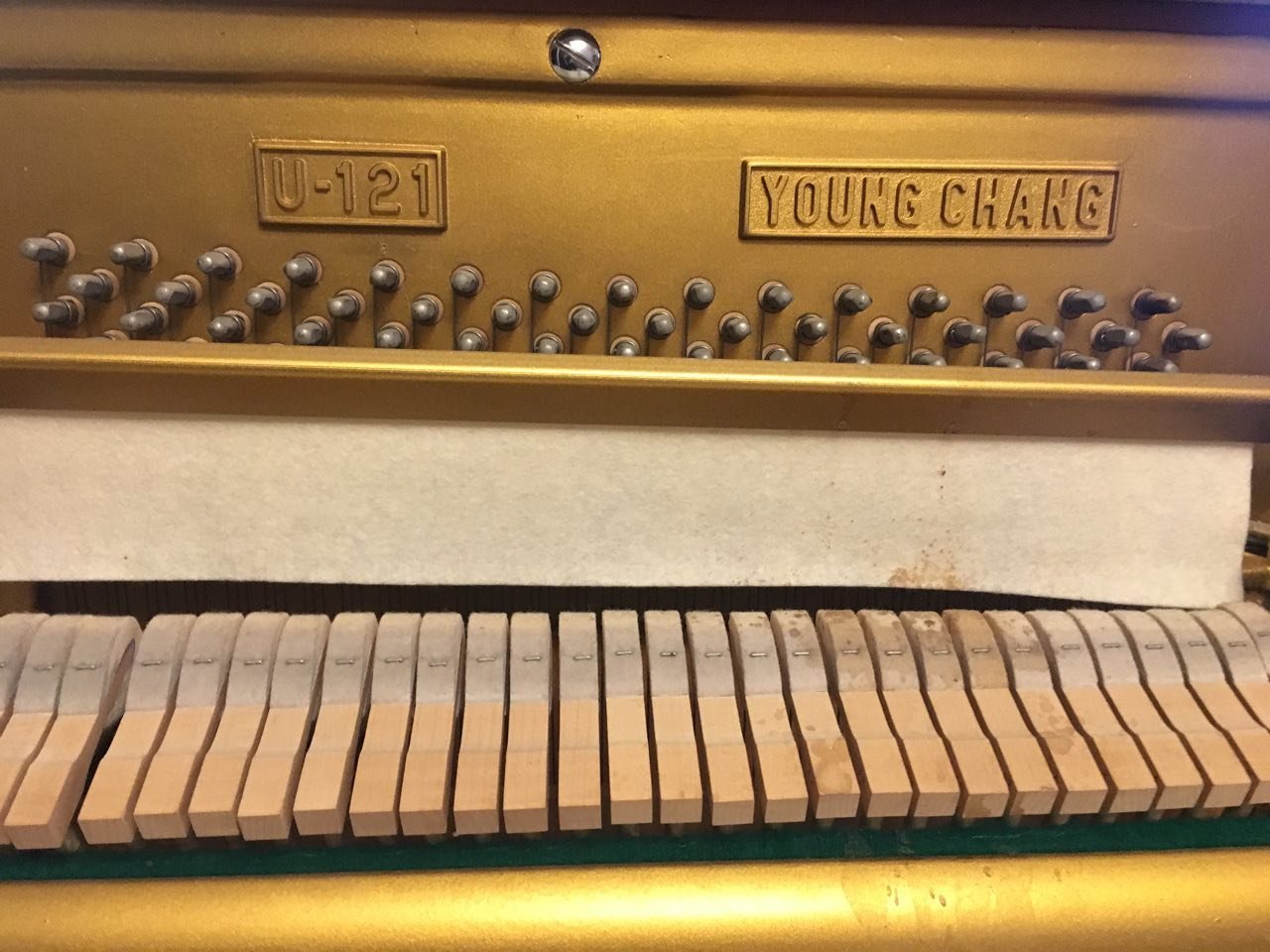
This similarity is because, in 2008, Young Chang hired American piano designer Delwin D. In general, these pianos are similar to their Young Chang counterparts in all but the name. Today's Weber pianos are entry-level and mid-level instruments, and are more affordable than the Albert Weber line. Further, Steinweg was better able to delegate control of his burgeoning empire to his family members, while Weber struggled with micro-management and had difficulty stepping back from the minutiae of day-to-day operations. As a builder first and foremost, Steinweg, and later his family members, discovered many technological innovations in piano construction and design that helped them versus against other piano builders. Steinweg, on the other hand, worked and trained primarily as a builder of a variety of instruments and not as a musician. The key difference between the two founders (Albert Weber and Heinrich Steinweg) was that Weber had trained and studied as a pianist, and not as a businessman or piano builder. Unlike Steinway, Weber focused his efforts on refining quality, materials and worksmanship rather than technological innovation. Īlthough Weber's boldness had benefited him, and allowed him to win many battles, Steinway & Sons ultimately won the war. Weber's pianos were also some of the most expensive of the day - the price of a Rococo Weber Grand Piano in 1874 was $1,400, approximately the cost of a large mansion.

Lacking a background in piano construction, Weber focused on proven methods of piano construction as opposed to innovative new ideas. Weber's products were arguably some of the highest-quality pianos of their day, famous for fine materials and exacting attention to detail. This new location became a 'rendezvous of musical people' and Weber became wealthy. This was seen as a bold move by Weber's larger competitors, but it paid off, establishing the Weber brand as a premium product in the mind of customers. In 1869, Weber opened a large, luxurious showroom on 108 Fifth Avenue and 16th street in New York City. Between 18, Weber's pianos became popular in New York music circles. By 1864 Weber had achieved some success with the then-popular 'square grand piano', and opened a larger factory nearby at 41 Wooster Street in Manhattan, and later expanded that facility several times. A fire destroyed Weber's Broadway workshop in 1854, but Weber stayed in the Manhattan area, moving to 103rd & 105 W.


 0 kommentar(er)
0 kommentar(er)
